Plants are a critical element of good interior design, and one of the most overlooked! When clients feel like something is missing from their rooms, or their space just doesn’t feel cozy, it’s often because they are missing a natural element like plants. So, let’s dig into this a little more, and discover the power of using plants in your interior design.
What is is about plants that make them such an important player when it comes to decorating your home? To understand that, it helps to have a basic understanding of the principles and elements of interior design. We won’t dive into a lengthy lesson on each of principles and elements, but it helps to cover a couple of key concepts.
Some of the design elements include color, texture, and shape. Plants and florals do a great job of providing a pop of bold color, organic shapes, and unique texture to a space.
Principles of design include things like balance, emphasis, proportion, rhythm, and harmony. These principles can be a little tricker to understand and visualize. But you can think of them like this…if you have a space that has a lot of furniture on one side of the room, you may need to add some things to the other side of the room to create a more visually balanced space. Plants are a great way to create balance in a room.
You could also use plants or florals to emphasize your dining room table and bring focus to the center of your dining room. Rhythm is one of the most important principles of design, and has to do with how our eyes move around a room in a deliberate way. This can be achieved with repetition of pattern, textures, or color. Plants can serve as that connecting item that creates a sense of rhythm in your space.
Now that we have a better sense of why plants are important in design, let’s talk about where you should be using them. The short answer is this: you should have at least one plant or floral in every room. But there are six key areas to use plants in your interior design, as shown in the infographic below.
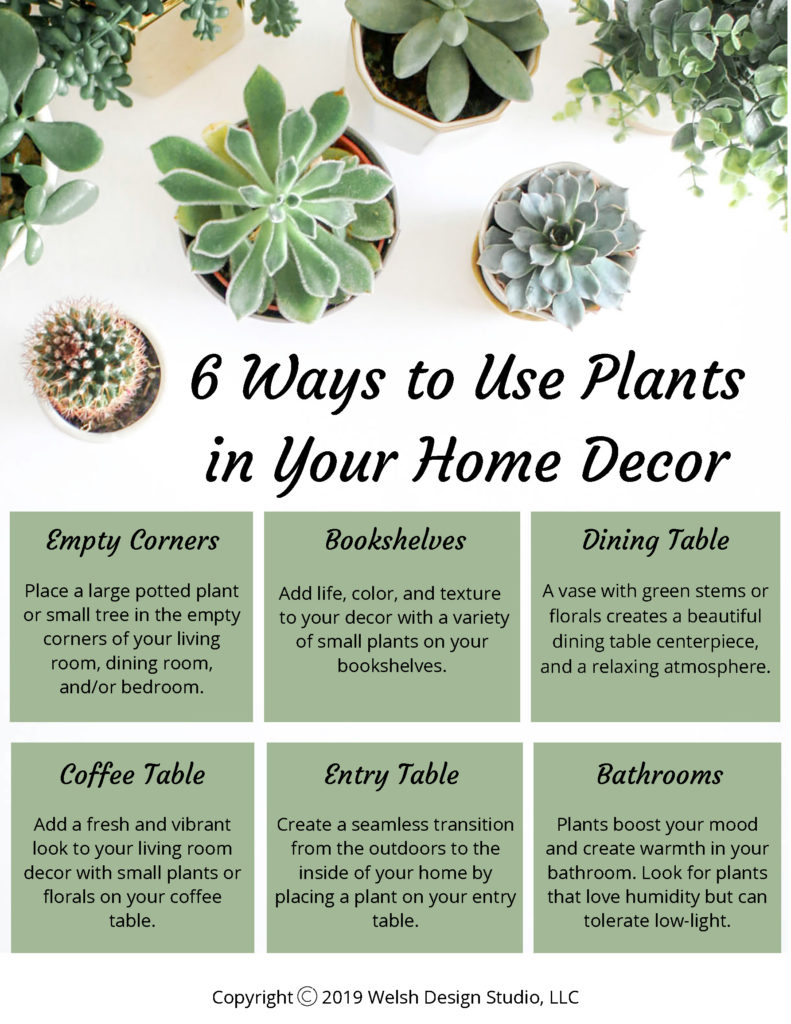
Empty Corners
Empty corners in a room can be rather boring. Now, that doesn’t mean that every corner of your house should have a plant, but definitely consider adding a large potted plant or small tree in an empty corner of your living room, dining room, and/or bedroom.

Source: Almost Makes Perfect
Bookshelves
Yes, bookshelves are for books, but if you want your bookshelves to look like they belong in a magazine versus a library, you should add a few small plants. They will add great color and texture to your shelves, and bring life to your decor.
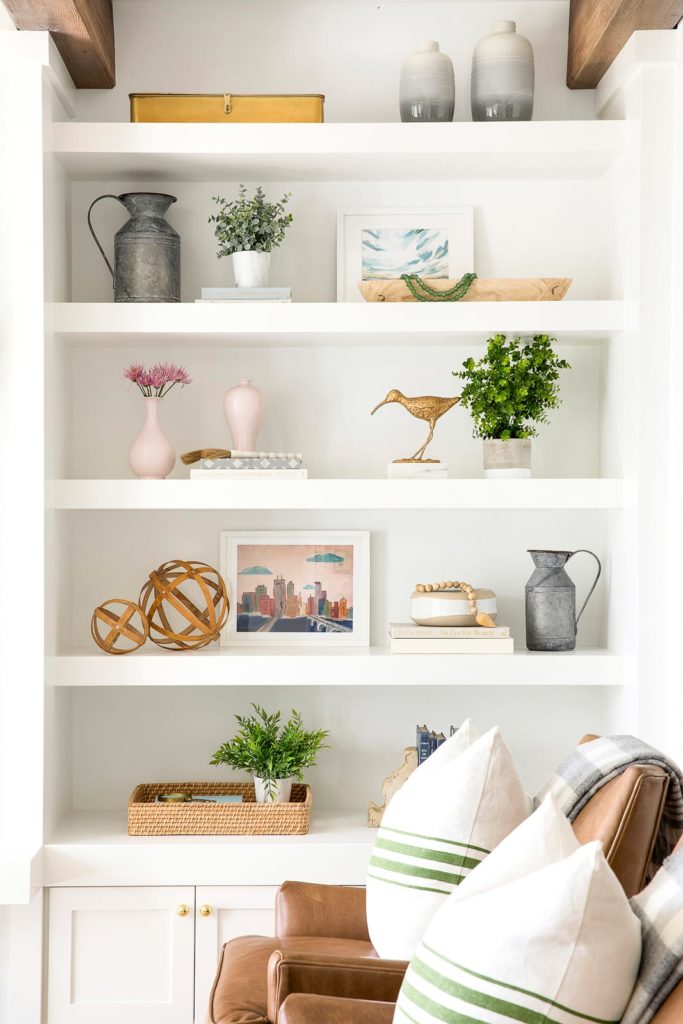
Source: Bria Hammel Interiors
Dining Table
A dining room table needs a centerpiece, and a vase with greenery, stems, or florals is a great way to create that all-important central focal point.
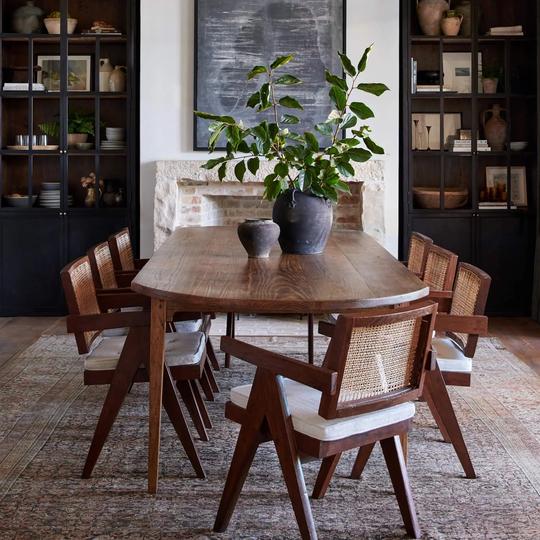
Source: Shoppe Amber Interiors
Coffee Table
If you’re unsure how to decorate your coffee table, let me help you out…one thing that should be on your coffee table is a small plant or a small grouping of florals. Not only is it a great decorative element for any table top, but it will help to add a fresh, organic look to your living room.
Entry Table
To me, the entry/foyer table is a natural place for a plant. Why? Because your entry is the place where we transition every day from the outdoors to the inside of our homes. What better way to embrace and celebrate that transition than with a natural element?
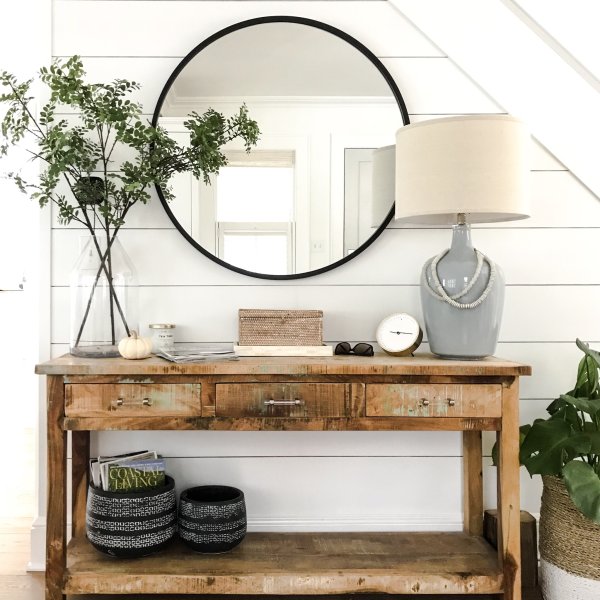
Source: Pottery Barn
Bathrooms
This one might surprise you, but if you think back to the principles and elements of design, it makes perfect sense. Bathrooms are filled with smooth, hard elements like tile and metal plumbing fixtures, and often have very neutral color schemes. A small plant or vase with greenery are fantastic ways to add both a pop of color, and introduce a new texture to your bathroom.
What about Faux Plants?
I freely admit I have a brown thumb. I practically have to apologize to plants when they come to my home because the fact is, they’re going to have a short life with me. It’s not that I don’t know how to care for a plant, I just tend to forget about doing it. So, I use a lot of faux plants in my own home.
There are many designers out there who detest faux plants, and won’t use them at all. I get it…nothing quite compares to the real thing. But, I have a saying I like to use…
“Faux plants are better than no plants!”
We just talked about how important it is to use plants in your interior design, and good design should never be without plants. If you struggle to keep plants alive, like I do, then by all means use faux plants in your home decor! And if someone complains to you, just repeat back to them…faux plants are better than no plants!
My favorite faux plants?
- Nearly Naturals for large plants and trees. I particularly like this Ficus and Fiddle Leaf Fig.
- IKEA FEJKA plants for bookshelves. Lot’s of different ones to choose from, and you just can’t beat the price of these small plants!
- Afloral for stems and faux florals.
So, here’s a little homework assignment for you. Take a look around your home today and see if you’re using plants in the six key areas mentioned above. If not, get out there and get yourself some plants and/or faux florals ASAP! Your home will feel more complete, more cozy, and more vibrant when you include plants as a key element of your interior design.
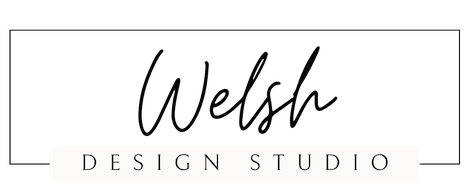
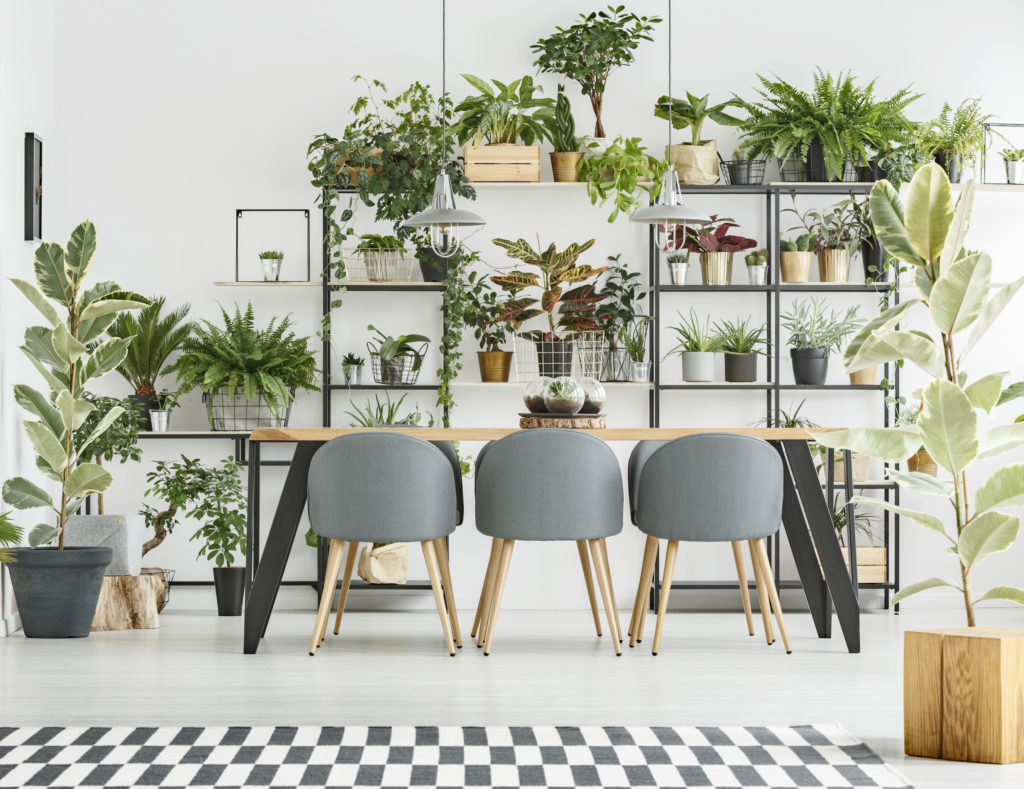
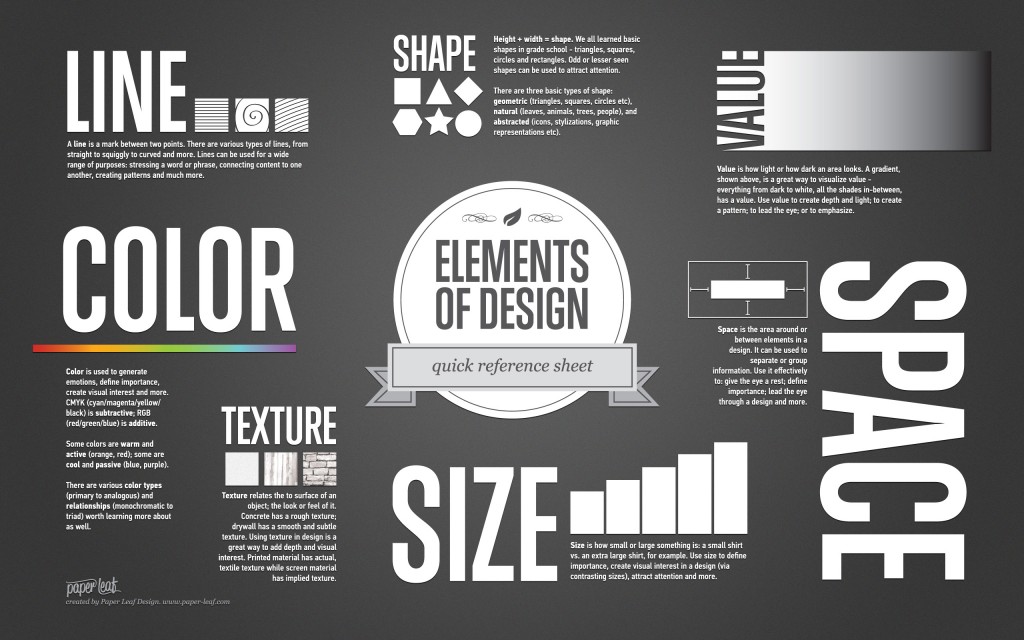
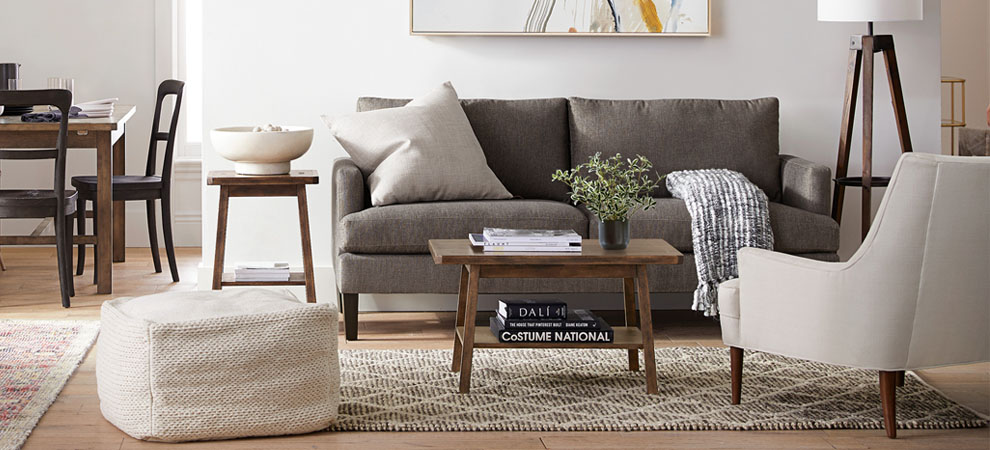
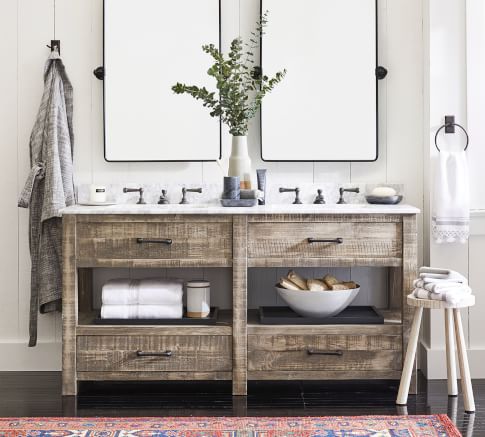
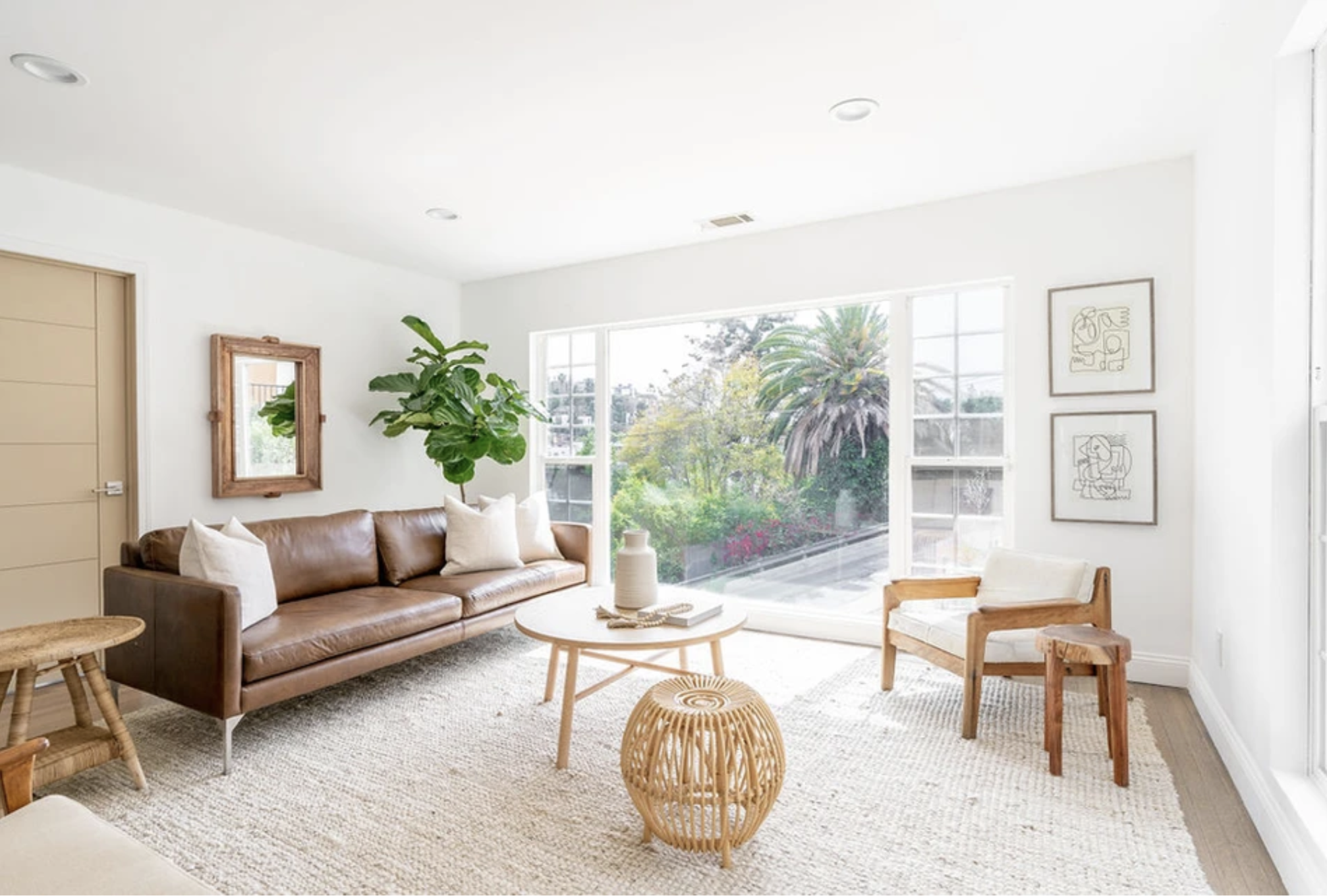
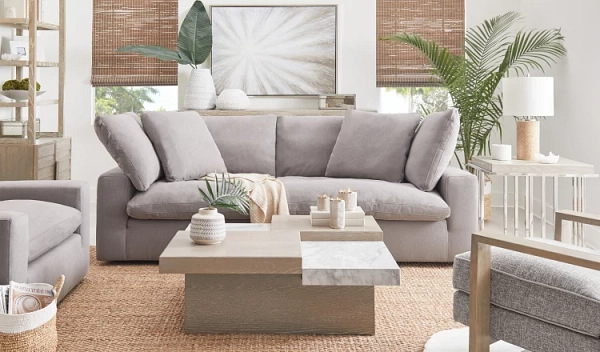
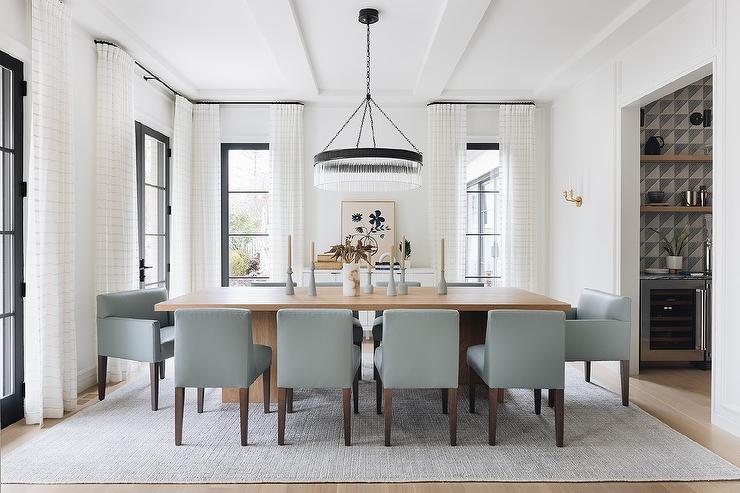
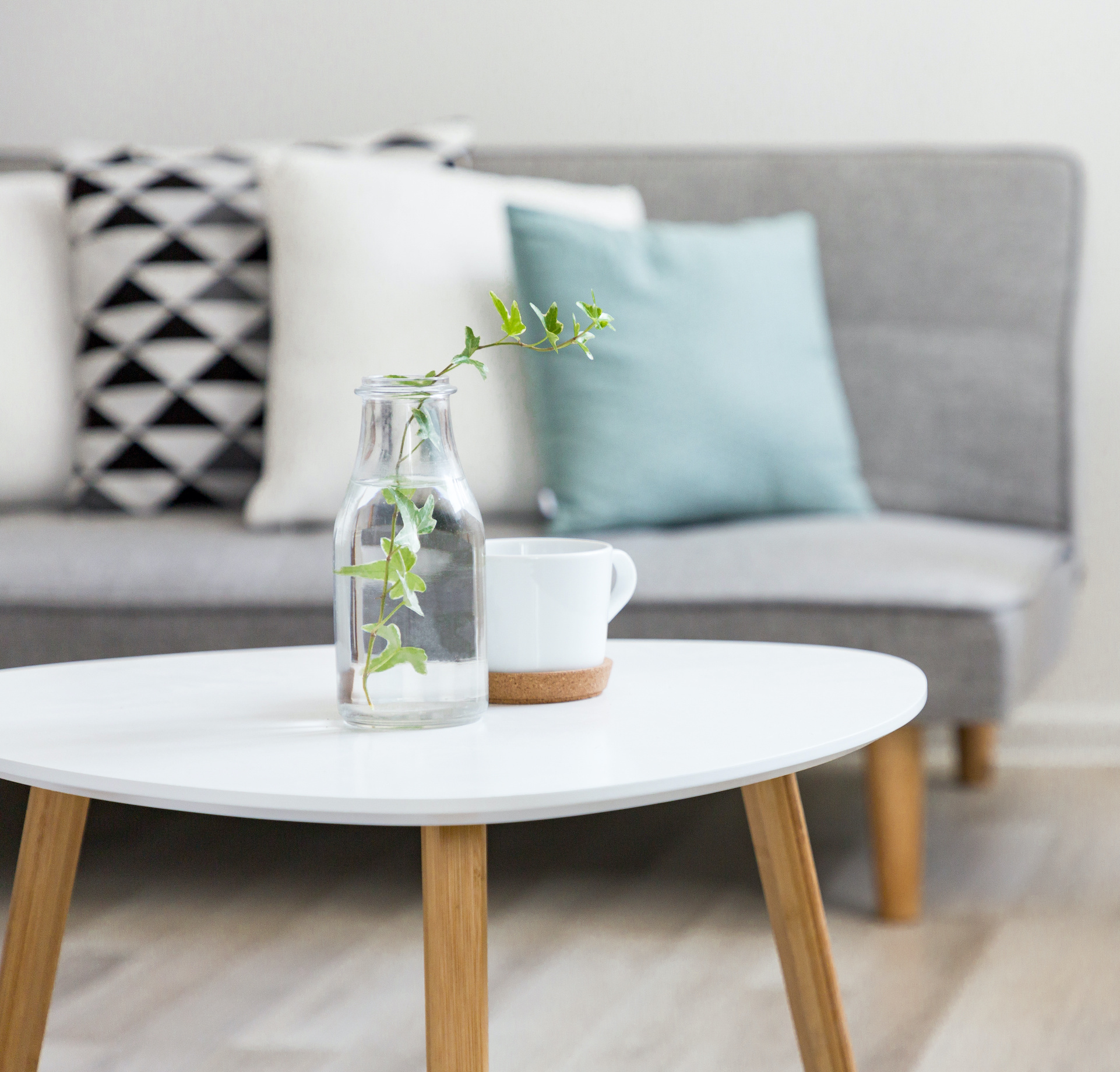
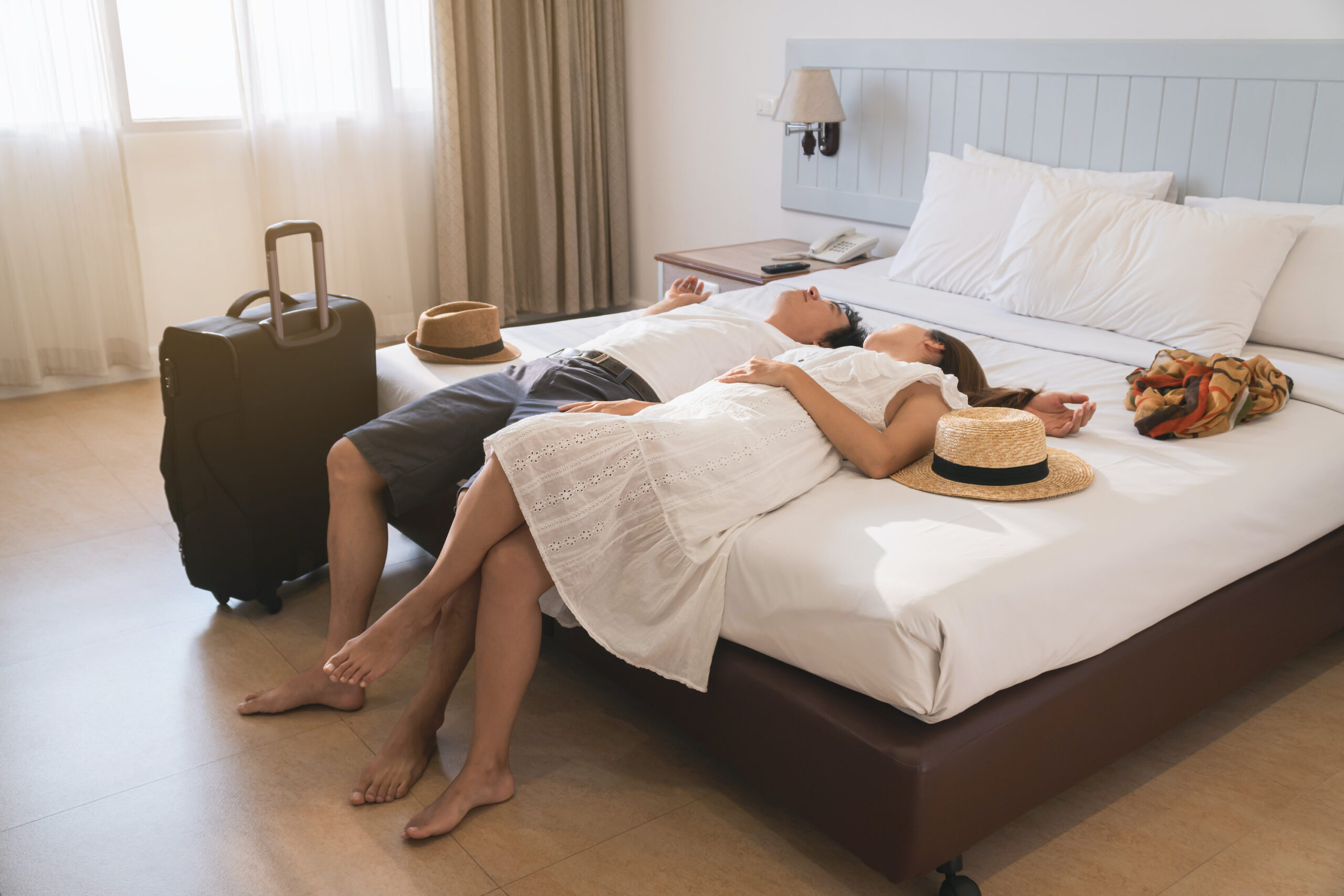
I love decorating my home with plants and this article helped me a lot. Thanks so much!
Informative and insightful post on plants in interior design. Thanks for writing and sharing this post with us.
Great post! I think people often overlook plants when they are planning out their space. Plants are the prefect way to add some interest to those oversized bookshelves!